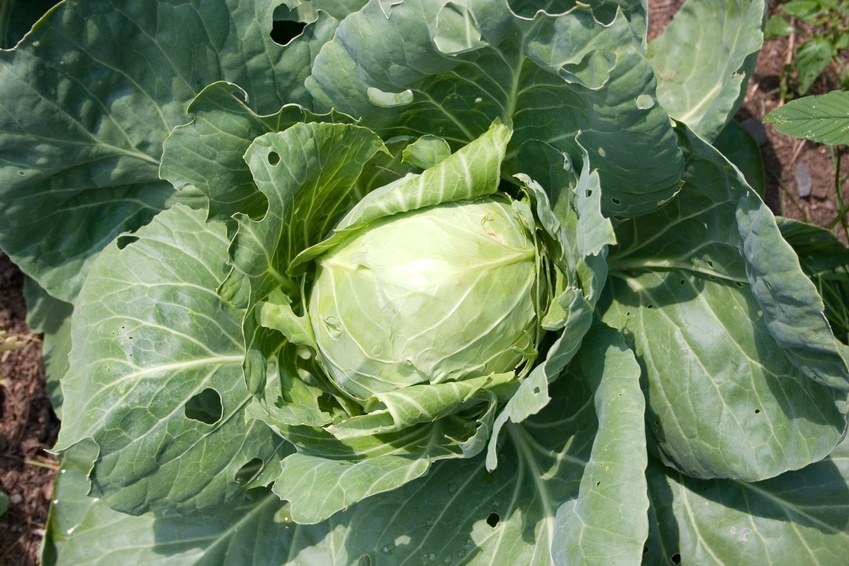
I love that phrase, but I can’t take credit for it. Darn!
Eat food, not too much, mostly plants is a brilliantly simple, health-enhancing proposal by Michael Pollan, author of In Defense of Food: An Eater’s Manifesto. Although, as a nutrition therapist, I tend to over-analyze food to the point of neurotically detailing out everything from macronutrients (carbs, protein, fat) to dietary trace minerals (iron, zinc, selenium, copper), I first and foremost believe in the simplicity of eating fresh, whole foods. Preferably organic.
This back-to-basics approach also makes living gluten-free much easier. You won’t find a complicated and hard-to-decipher ingredient label stuck to an apple or tied around a bunch of carrots. By eating real food, you pretty much eat gluten-free by default. Plus, you end up consuming foods that are nutrient-rich and full of health-promoting properties. We all need more of that, especially those of us with celiac and other autoimmune diseases.
So, what is real food? That may seem obvious, but there’s stuff on grocery store shelves that I can’t identify and I’m a food person. Plus, there are those mysterious food-like-substances. Seriously, there are things in food called food-like-substances. Cheese-like-substances. Meat-like-substances.
Sounds a bit creepy to me. I suppose that’s where the term Franken-foods came from. Well, steer clear of fake food. Stick with the real thing.
Which brings up my next point – I recently joined a local CSA (Community Supported Agriculture) farm and am anxiously awaiting my first box of locally grown, organic fruits, veggies, and farm fresh eggs. Twenty-six weeks worth starting next month. Real food – picked one day, delivered the next. That’s about as fresh as you can get it without growing the food yourself. And get this, a few days after I completed my online sign-up and bought my share, I got a thank you note from the farmer! Hand written. How cool is that?!
If you live in Colorado, check out Grant Family Farms in Wellington, just north of Denver. If not, consider joining a CSA in your area. Not only will you be purchasing food directly from the farm, you’ll be supporting the local economy, the farmers in your area, and your health.
Now on to my last point – Naomi at milkforthemorningcake tagged me for a 6 word meme. Six words that characterize who I am. Six words, that’s all. Hmmm? Easy for her to say, she’s never at a loss for engaging word choices. Go read her posts – they are wonderfully written accounts of life, love, food, and deranged bowels (hey, she’s a Brit, with a dry sense of humor).
Cheers, Naomi – here are the words that “communicate my essence.”
Willing
Natural
Playful
Steady
Inquisitive
Zesty
And/Or
Willful
Stubborn
Cranky
Testy
Crabcake
Distracted
Now I tag –
theaccidentalscientist
thegoodeatah
cindalouskitchenblues
If you girls are too busy (moving, getting married, finishing PhDs – stuff like that), you’re excused from doing this.
In good health,
Melissa






